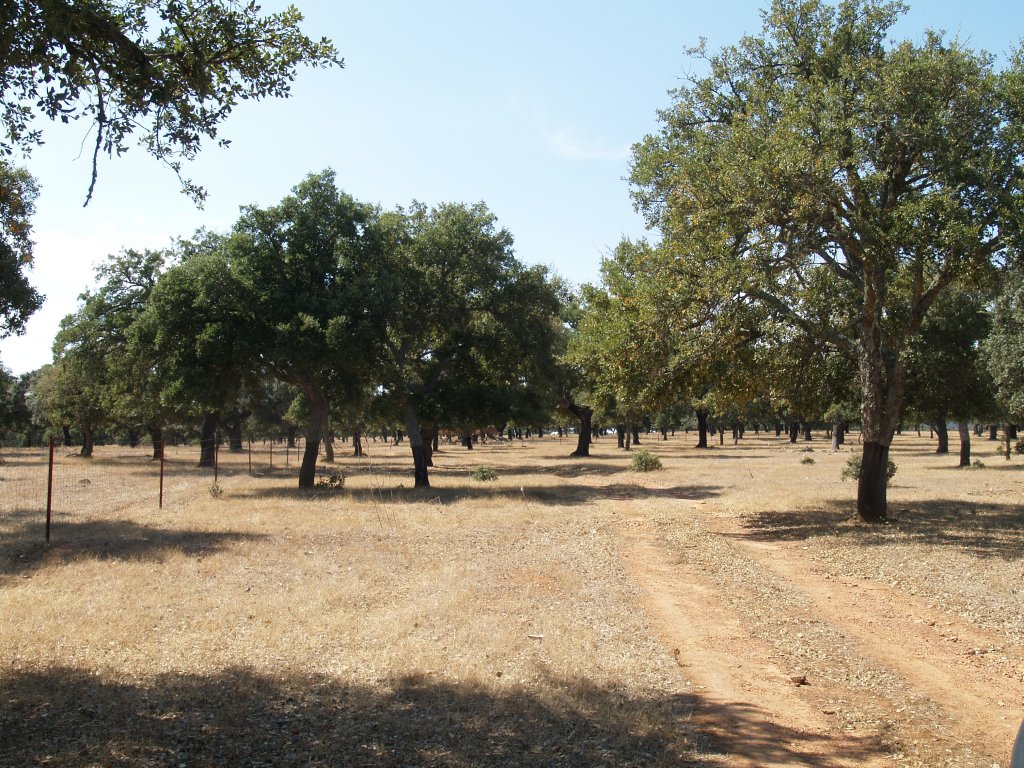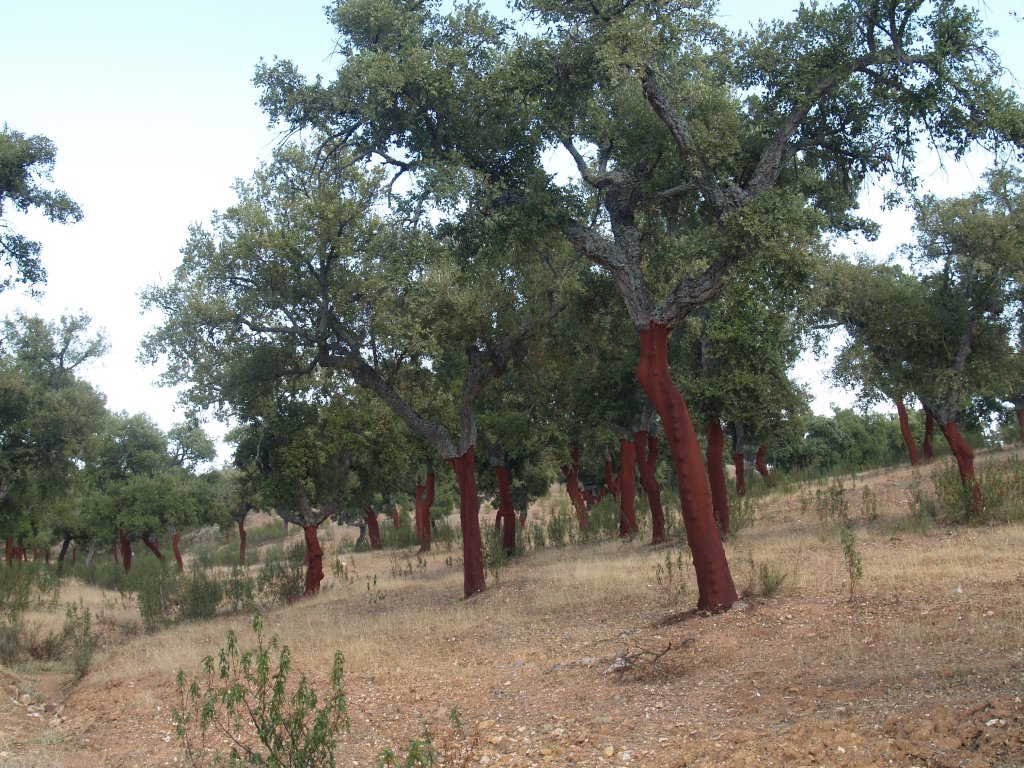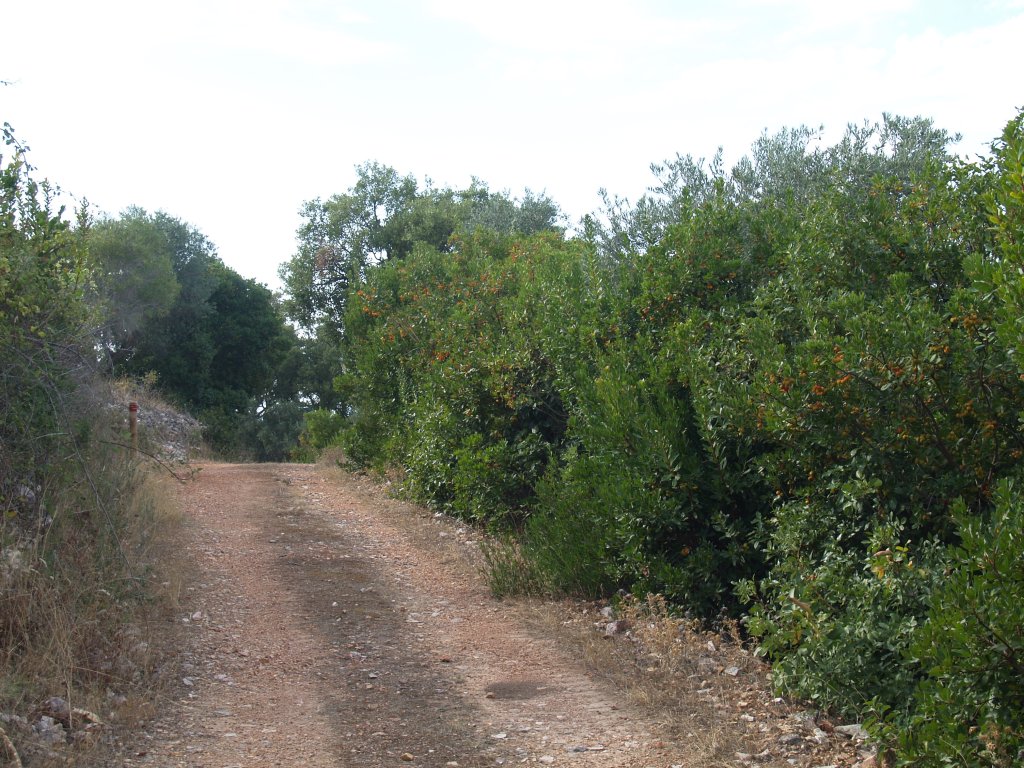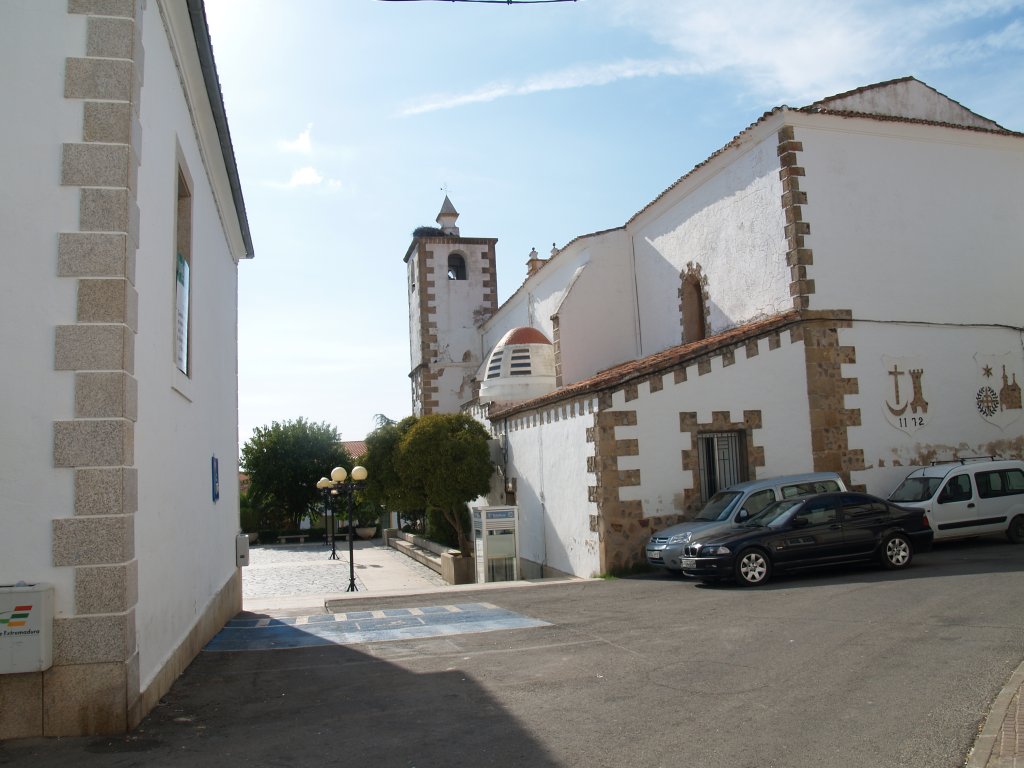Stage 41: Membrío - Santiago de Alcántara
Description

Sierra de San Pedro
Sierra de San Pedro is one of Extremadura’s great unknowns. With more than 80,000 ha, it is possibly one of the most representative Mediterranean forests. With altitudes ranging between 300 and 700 m, it is considered one of the areas with the richest biodiversity associated to Mediterranean forest and scrubland. It is home to 15% of the world population of Imperial Eagle.
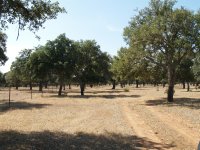
Leaving Membrío behind, the Trail crosses an iron and concrete bridge to continue along a wide, comfortable track. It traverses through the "Rivera de Membrío" Site of Community Importance (SCI), located just outside the town, which connects two areas included in the Natura 2000 network: Sierra de San Pedro and Los Llanos de Brozas. The riverside is dominated by oaks. There is also a large community of Mediterranean turtles (Mauremys leprosa), the most representative reptile of this area.
The Trail ventures through holm oak forests, often dotted by rockrose thickets (Cistus ssp.), which occasionally cover large areas. Holm oaks (Quercus ilex) give way to cork oaks (Quercus suber) while the path continues through private hunting grounds along wide tracks. Attention should be paid to the signs, as it is easy to get lost.
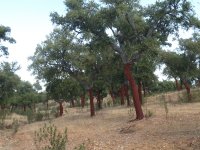
The well-paved path is very easy to walk throughout the whole Stage. As the Trail heads forward, Sierra de San Pedro appears on the horizon. The path runs parallel to the northernmost foothills of this mountain range. The gentle hills and dense tree cover of this protected landscape are easily identifiable on the horizon owing to changes in terrain and vegetation.
Although holm oak is the dominant tree species, the climate and type of soil have enabled the development and distribution of cork oak. Indeed, cork is the main driver of the region's economy. In some places, one can see the beautiful image of recently debarked cork oaks.
One kilometre further on the so-called "Road to Membrío" leading to Carbajo, there is a small town on the foothills of Sierra de Santiago, dominated by olive groves and other fruit trees.
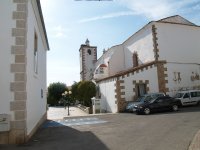
Leaving behind the town on the road to Santiago de Alcántara, the path turns left onto a dirt track that ventures into Sierra de San Pedro.
The vegetation changes significantly here. Although it is still dominated by holm oaks, there are also several other species, including the strawberry tree (Arbutus unedo), pistachio(Pistacia terebinthus), Laurustinus(Viburnum tinus), tree heath (Erica arborea), hawthorn(Crataegus monogyna) and Iberian pear (Pyrus bourgaeana) which form dense thickets.
The last part of this Stage runs halfway up the hill, with panoramic views of the lowlands to the right. After about four kilometres, the path arrives at Santiago de Alcántara, with its whitewashed houses and narrow streets, and the endpoint of this Stage.
Sites of interest
Profile
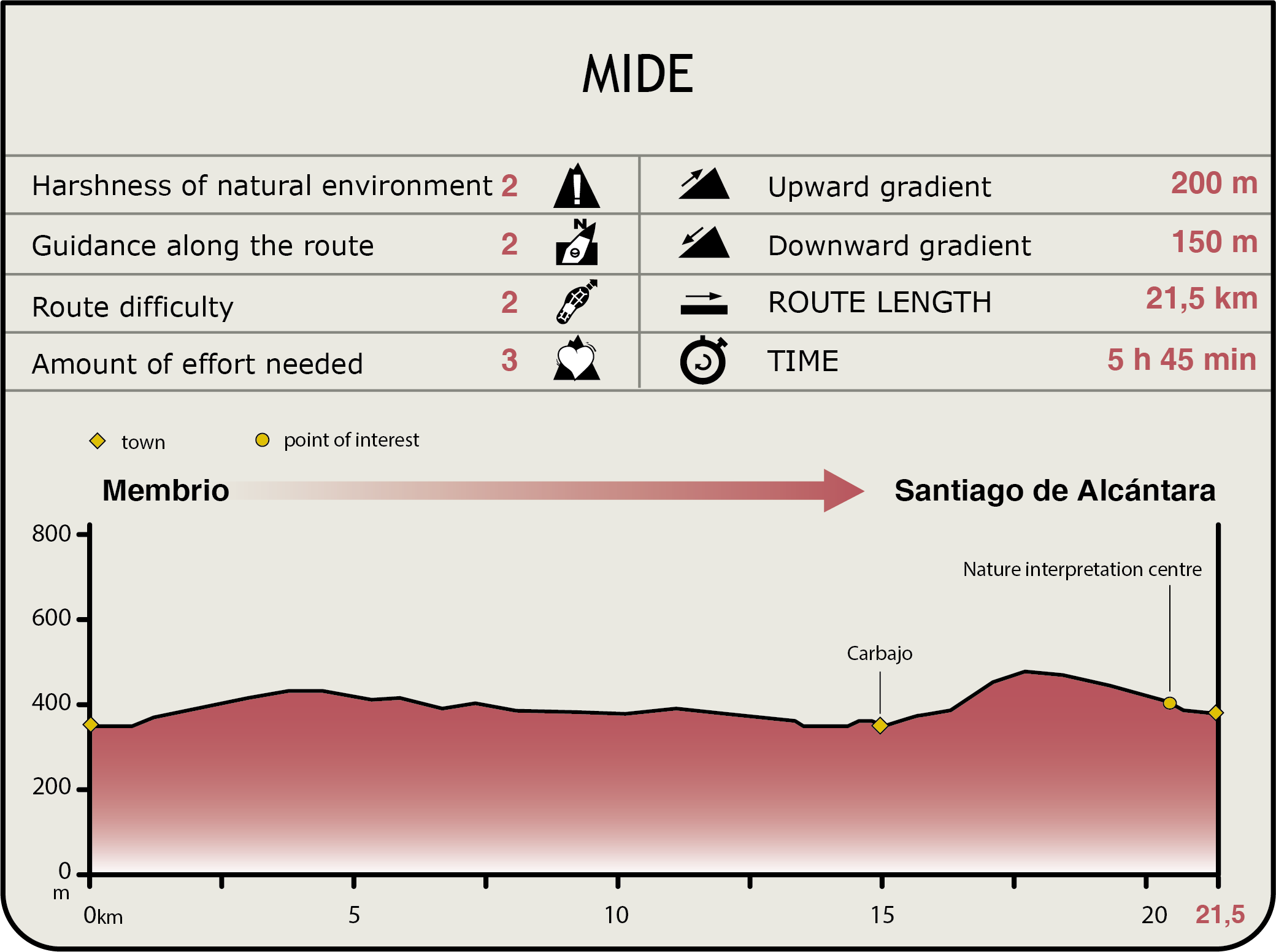
MIDE (Method for the Information of Excursions)
Featured
Información adicional
Dolmens and Paintings
Near Santiago de Alcántara is a cave called El Buraco with interesting schematic cave paintings. There are many other caves with paintings in this area, including El Borrico and El Agujero, which attest to the antiquity of Santiago de Alcántara.
There are also small dolmens dating back to around 3,000 to 4,000 B.C.
Sierra de San Pedro Area of Regional Interest
This area is not only the largest Mediterranean forest and scrubland (115,000 ha) designated a Special Area of Conservation, but also the largest protected area in Extremadura.
It consists of a row of small mountain ranges populated by dense Mediterranean forest and scrubland, home to a rich variety of wildlife. The animal species found in this habitat include wolf (Canis lupus), Griffon Vulture (Gyps fulvus), Cinereous Vulture (Aegypius monachus), Egyptian Vulture (Neophron percnopterus), and Bonelli's Eagles (Hieraaetus fasciatus). The mountain range is almost completely covered with Mediterranean forest and scrubland. However, the emblematic species is undoubtedly the Iberian Imperial Eagle (Aquila adalberti). This is the most important breeding site worldwide of this endangered species (15% of the world population lives here).
At a regional level, Sierra de San Pedro has been designated an Area of Regional Interest, and therefore eligible for environmental protection. Moreover, many of its animal and plant species are listed under the Birds and Habitats directives, and the area is included in the Natura 2000 Network, under the "Sierra de San Pedro" SCI and Special Protection Area for Birds (SPA).
